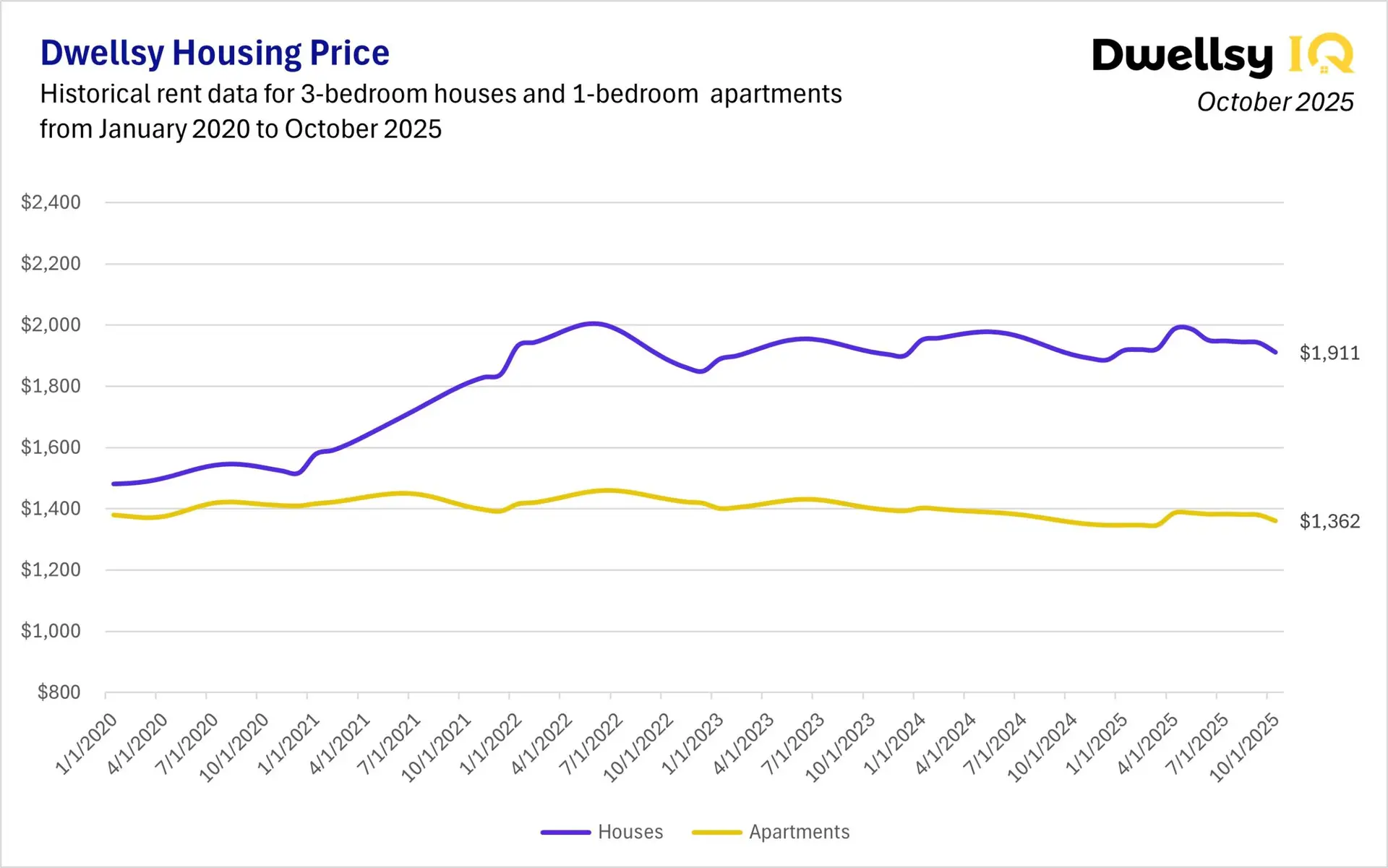Evaluating renters for homes and apartments is hard. Really hard. As someone who’s been in the property management space for a long time, I’ve had firsthand experience with the highs and lows of resident selection. The reality is, traditional screening mechanisms, like credit scores and criminal background checks, often don’t predict whether someone will be a good resident.
The typical process of evaluating residents can lead to sleepless nights for landlords. We’ve all encountered the nightmare resident who seemed like the perfect candidate on paper but turned out to be a costly mistake. On the other hand, I’ve seen renters with surprisingly low credit scores who consistently pay rent on time and take excellent care of the property for years. These experiences raise important questions about the effectiveness of current screening methods. Are we relying too much on outdated, one-size-fits-all systems that don’t capture the full picture of a potential resident?
The truth is, no screening method is foolproof. There isn’t a magic button that will consistently identify the perfect resident. As landlords and property managers, we must acknowledge this reality and approach resident evaluation with a more nuanced mindset. Newer approaches to screening show promise, but they need careful evaluation and adaptation. Simply putting a system in place isn’t enough. We must continuously assess whether it’s actually working—and not just providing the illusion of effective screening.
The Limitations of Traditional Screening Methods
When we talk about traditional renter screening, credit scores and criminal background checks often top the list. While these factors can offer insights, they provide a very narrow window into a resident’s potential behavior.
Credit scores, for instance, might tell you how someone manages debt, but they don’t necessarily reflect their reliability as a resident. Someone with a low score might have faced unexpected medical bills or other hardships that don’t make them inherently irresponsible. Yet, these individuals are often written off, despite the possibility of being excellent long-term residents who respect the property and pay rent on time.
Criminal records, similarly, are problematic as a sole determinant of suitability. In many cases, criminal records are outdated or incomplete, and they can disproportionately impact certain groups, contributing to housing discrimination. Screening on this basis can exclude individuals who have rehabilitated and are simply looking for a fresh start.
Furthermore, traditional screening doesn’t account for factors like personal responsibility, cleanliness, or a resident’s willingness to communicate openly with the landlord—all of which are crucial to the success of a rental relationship.
New Approaches to Screening: Promise and Pitfalls
In recent years, more advanced resident screening platforms have emerged. These platforms use machine learning algorithms and data analytics to assess potential renters. Instead of just focusing on credit scores or background checks, they incorporate a wider range of variables—rental history, employment stability, and even behavioral data gleaned from social media profiles.
These newer systems show promise. They can better predict which residents are likely to stay long-term, avoid evictions, and treat the property with care. But with these advancements come new challenges. For one, it’s crucial to ensure that these algorithms aren’t inadvertently perpetuating the same biases found in traditional systems. If the data feeding the algorithm is biased, the results will be too.
Moreover, it’s not enough to adopt these systems and assume they’ll perform flawlessly. As users, landlords and property managers must critically evaluate whether these platforms are meeting expectations. Are they reducing the risk of evictions and damage to the property? Are they accurately predicting which residents will pay on time?
This is where transparency becomes invaluable. Companies that build these screening systems need to be upfront about how they work, what data they use, and how they measure success. Without this openness, landlords are left to rely on marketing promises rather than concrete results.
Comparative Evaluations: A Path Forward
One potential solution that could help landlords make more informed decisions is a comparative evaluation of the screening platforms available. If we could analyze and compare these tools based on rental outcomes—such as the likelihood of eviction or significant unit damage—it would bring a new level of accountability to the industry. Screening platforms that provide real value to landlords by minimizing risks and maximizing returns would rise to the top.
This type of comparative evaluation would also highlight which systems are merely delivering the illusion of effective screening, versus those that genuinely reduce risk. If landlords could see the data that shows which screening platforms have the best track records, it would help them choose tools that make the most sense for their specific properties and resident demographics.
The Bigger Picture: Housing Access and Fairness
While the goal of screening systems is to protect landlords and property managers from financial loss, we must also recognize the broader social implications of these tools. Everyone needs a place to live. It’s not the responsibility of every landlord to rent to every applicant, but it’s essential that our screening processes don’t freeze people out of the housing market entirely.
For those who struggle with traditional screening methods—such as people with poor credit or those with minor criminal records—there should be a path to housing. The current approach of rigid yes/no responses often leaves these individuals with few options. While landlords understandably want to mitigate risk, it’s worth considering how we can structure leases to accommodate varying levels of risk without outright rejecting applicants who might otherwise be good residents.
One idea that could address this issue is a more nuanced risk-based screening system. Instead of a simple pass/fail decision, residents could be assessed based on risk levels, with different lease structures or terms offered accordingly. For example, a renter who poses a higher perceived risk could be offered a lease with a higher security deposit or shorter initial term. This kind of flexibility would give more people access to housing, while still protecting landlords from significant financial exposure.
The Future of Resident Screening: Innovation Welcome
While these ideas sound promising in theory, bringing them to life in a practical, usable way is the real challenge. Landlords need systems that are not only effective but also easy to use and integrate into their existing processes. Developing flexible screening mechanisms that offer both protection and access will require collaboration between property managers, tech companies, and policymakers.
Ultimately, the key to improving the resident screening process lies in transparency, accountability, and a willingness to innovate. Landlords need access to data that proves which systems work and which don’t. They also need to remain open to new approaches that take a more holistic view of applicants, rather than relying on outdated metrics that may not tell the full story.
Kudos to those, like Patrick Sisson, who continue to raise these important conversations in the industry. By shining a light on the limitations of traditional screening and pushing for better solutions, we can create a rental landscape that’s fairer, more efficient, and more effective for everyone involved.
In conclusion, no screening method will ever be perfect, but through careful evaluation and a commitment to improvement, we can get closer to a system that works for both landlords and residents.



